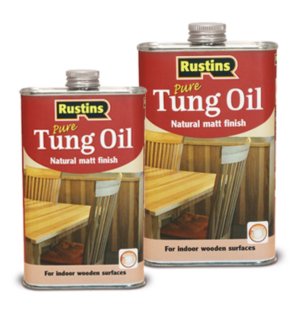If you are referring to the worming, parceling and serving, in the end the only thing that can be seen is the serving so if you skip the worming and parceling, only you will know.I can't wait to do this))
Allan
 |
As a way to introduce our brass coins to the community, we will raffle off a free coin during the month of August. Follow link ABOVE for instructions for entering. |
 |
If you are referring to the worming, parceling and serving, in the end the only thing that can be seen is the serving so if you skip the worming and parceling, only you will know.I can't wait to do this))

It's still a long way off, I'll figure it out when I get there)))If you are referring to the worming, parceling and serving, in the end the only thing that can be seen is the serving so if you skip the worming and parceling, only you will know.
Allan
Difficulties in translation. Is there any place where I can watch or read this, or a picture of this product? Because I know what salt is, and the second thing is that the translator is writing some nonsense)))Not wine, winegear (essig). Mix it with salt and then "paint" the copper with it. You can even remove the patina with this mixture and start over.
Dirk
Thanks for the tip. But I tried all kinds of vinegars, but I didn't like the result. Very unpredictable, spotty and not the color I want. Waiting for my order of patina-it and will try it. All hopes are on it.Винный уксус. Но подойдёт любой.
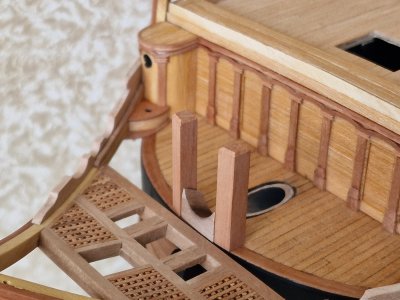
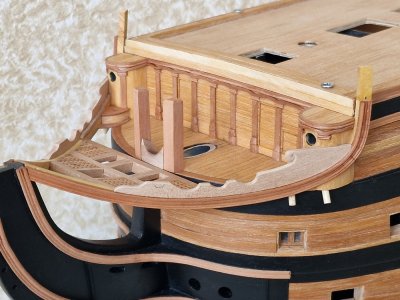
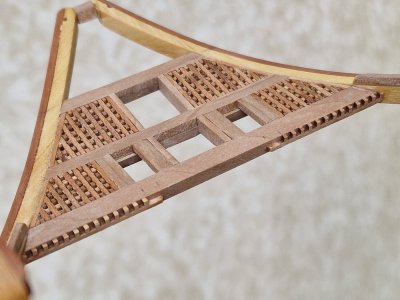
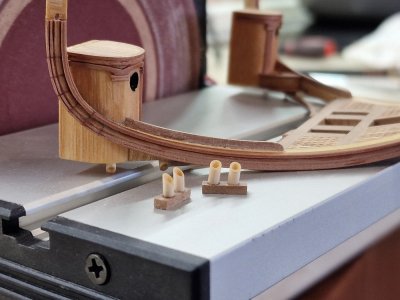
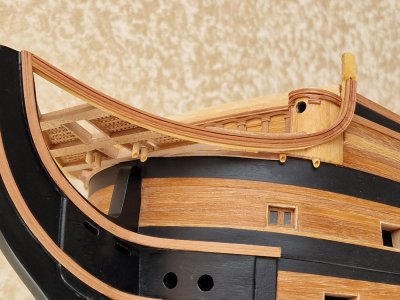
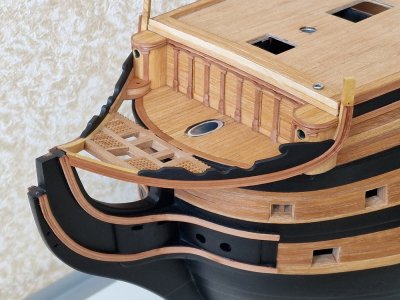
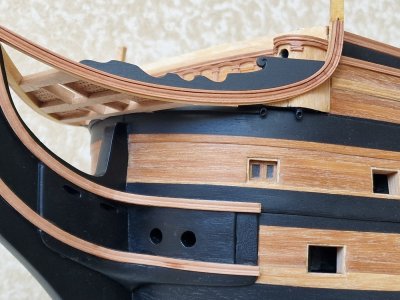
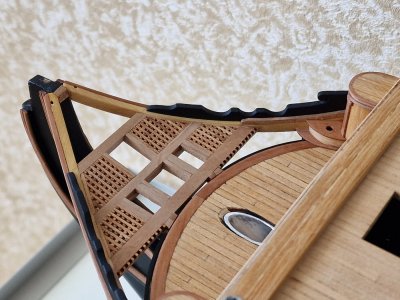

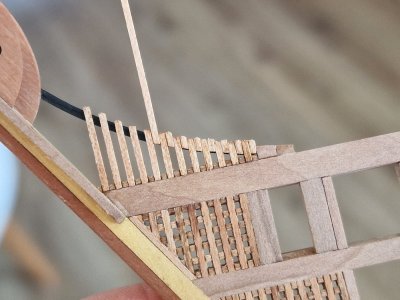
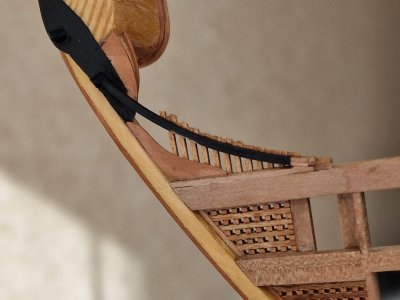
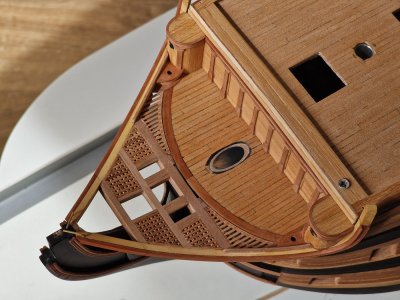
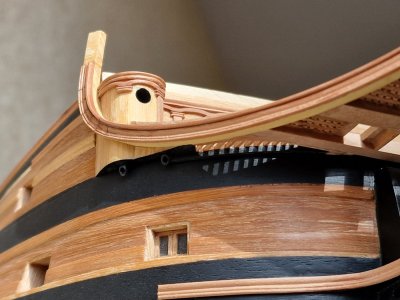
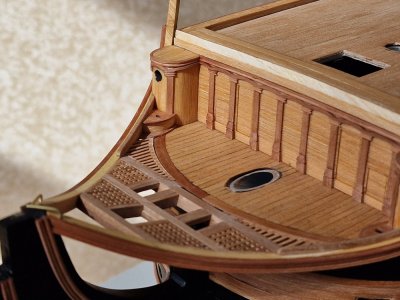

Thanks for the tip. But I tried all kinds of vinegars, but I didn't like the result. Very unpredictable, spotty and not the color I want. Waiting for my order of patina-it and will try it. All hopes are on it.

Thank you. Maybe. I will definitely try it if the drug I am waiting for by mail cannot produce the desired result. I will then contact you for precise instructions))You might then not used enough salt. As you could see on my Syren the copper got exact the patina you want. You should try again
Your build is beautiful btw !!
Dirk
When I first came to SoS almost everything I looked at seemed to be brilliantly made. It was quite intimidating. As I continued to look at the models and to work on my own Alert I began to see more clearly. To discriminate. Now I observe the differences between each builder. We each have our own style, and some are more to my taste than others. That doesn’t mean that they are better, just that they appeal to me in some way.
I like your Victory very much. I like the way you become interested in a particular part of it and work and work at it like a dog with a bone, determined to extract the maximum satisfaction. I like that you try unusual ideas like your aluminium cored masts. I like the results I see growing post by post. I like that you aren’t scared to guess when there’s no information available, as with the toilet pipes.
It’s exactly the way I think about my models.
The two big differences between us are that you have a lot more experience than I and are a considerably more skilled woodworker. Your results are a fine example to me of what can be done. One day, I’ll be doing it that well too. Meanwhile, Bravo Sergei, Bravo!
Thank you! I don't have some photos))To the piggy bank

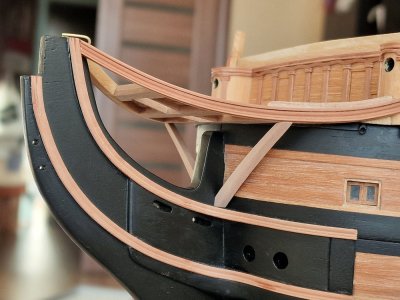
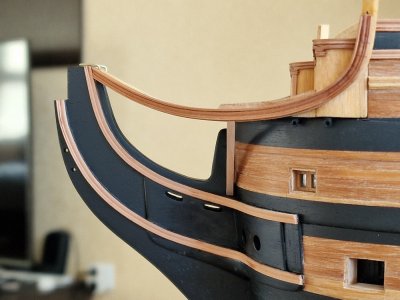

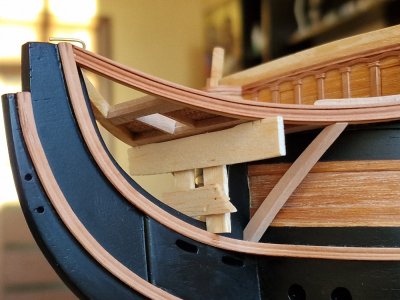
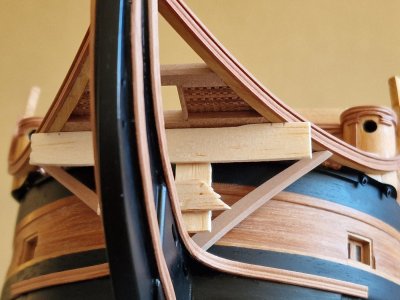
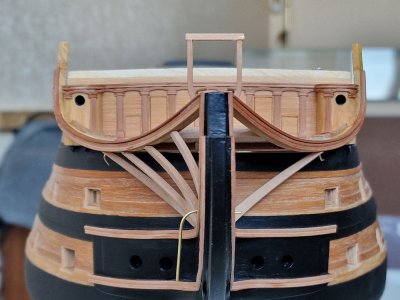
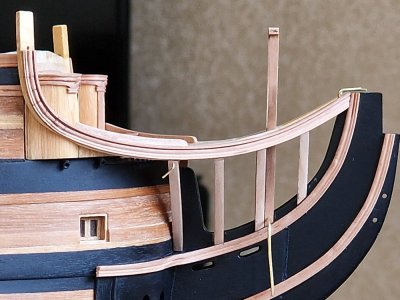
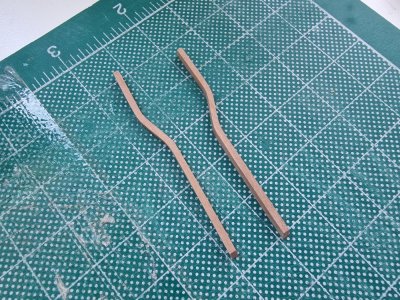

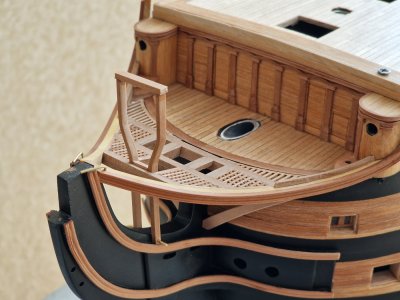
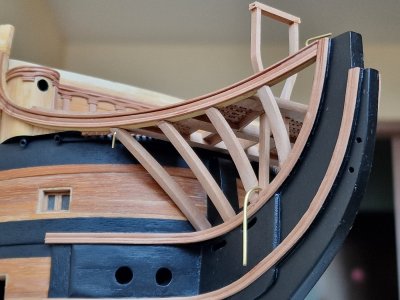
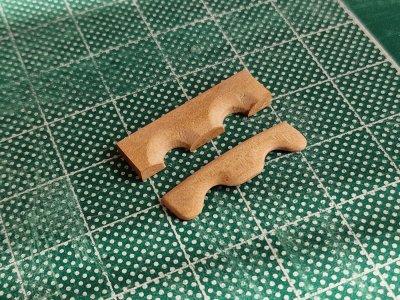
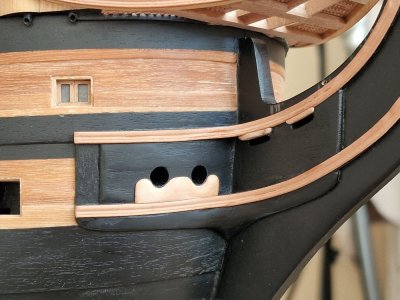
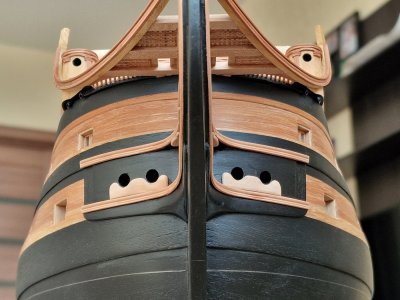

Thank you for the wise, kind and encouraging words of wisdom. I must add, considering the exquisite quality of your work, coming from you these comments are as humbling as they are encouraging.Thank you. Maybe. I will definitely try it if the drug I am waiting for by mail cannot produce the desired result. I will then contact you for precise instructions))
Thank you so much for such kind words!!! You know, when I look at modelers who do things better than I do, it sometimes gets me down—I lose motivation and don’t want to work on anything... Well, at least that’s how it used to be. But then I give myself time to reset, come back to my ship, and think… "It’s not that bad! There’s room to grow, but it’s not complete nonsense either, and that’s already a win!"
Yes, sometimes, after finishing a successful detail, you feel a pleasant sense of accomplishment. But then, when you notice traces of glue or some unevenness, it’s disheartening again. It’s like riding waves—sometimes it’s good, and other times not so much.
What frustrates me the most, though, is experimenting with oil or bitumen coatings and not achieving the ideal result I want to see. It’s particularly upsetting because you rely on those tests to give you confidence that the final model won’t be ruined. That fear of spoiling the model is what bothers me the most.
So, you’re not alone in this; we all expect a little more from ourselves than we’re currently capable of, and that’s a good thing—it pushes us to improve.
You mentioned experience, and yes, it’s crucial, but it’s also important to upgrade the conditions for your hobby along the way. Getting better tools, improving your workspace, and making things more convenient—that’s all part of it.
As for me, I’m stuck a bit in that regard. I work in what we call a “makeshift” way—what you might describe as “slapped together with scraps and duct tape.” But that makes it even more satisfying when something actually turns out well!
Thank you! I don't have some photos))

That's all for now

… are called bolsters in English and the holes are hawse holes.the "pads" for the anchor chain holes…
Thank you, since I hear it from you))This is astonishingly good freehand work! Bravo Sergey!
If I had more free time and opportunity, I would make myself a decent workshop... my dreams))Thank you for the wise, kind and encouraging words of wisdom. I must add, considering the exquisite quality of your work, coming from you these comments are as humbling as they are encouraging.
As an answer to you, Doc Atner, and others of your caliber, we all do the best with what we have, God given, and otherwise.
Pete
This is already the limit of my minimum size of parts. Everything that is smaller and will be painted, I will print.That is a great deal of fine woodworking!
Difficulties in translation. When the question is about translating ordinary words, it is still okay, but as soon as terms come, that's it, the Translator leaves the chat))… are called bolsters in English and the holes are hawse holes.

Difficulties in translation. When the question is about translating ordinary words, it is still okay, but as soon as terms come, that's it, the Translator leaves the chat))
DittoI am stunned by the detail and craftsmanship! Beautifully done.
